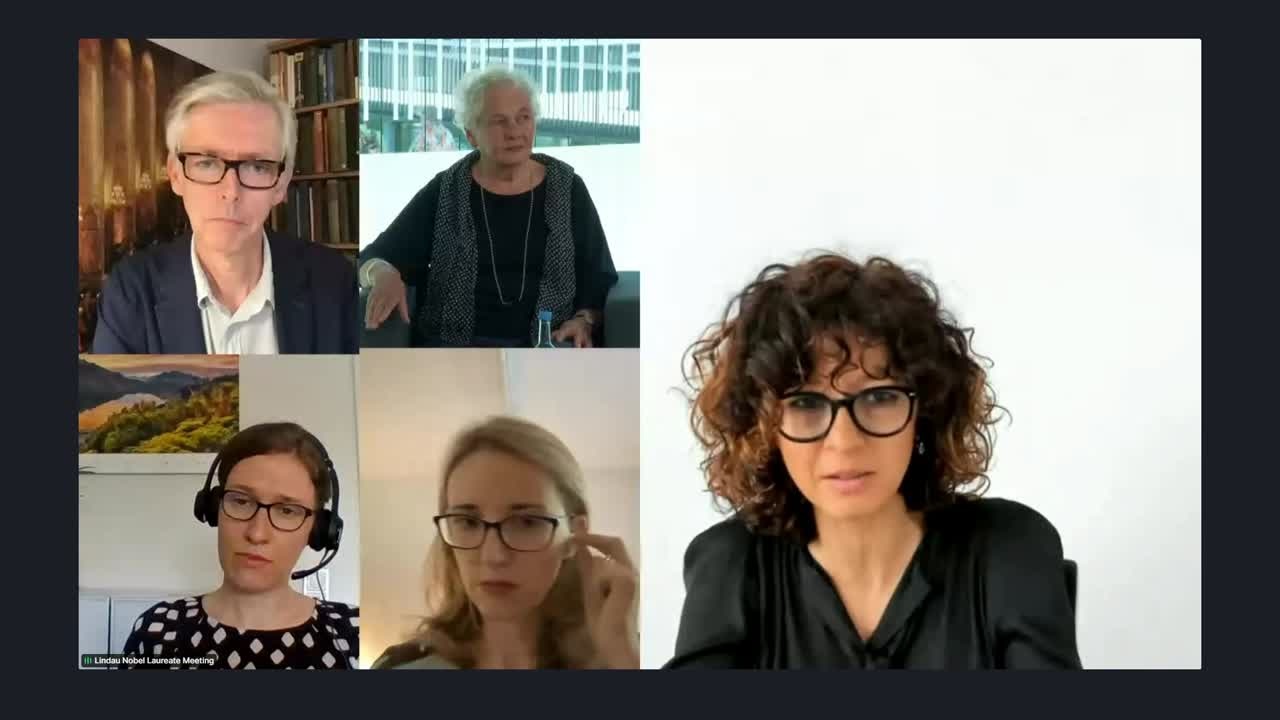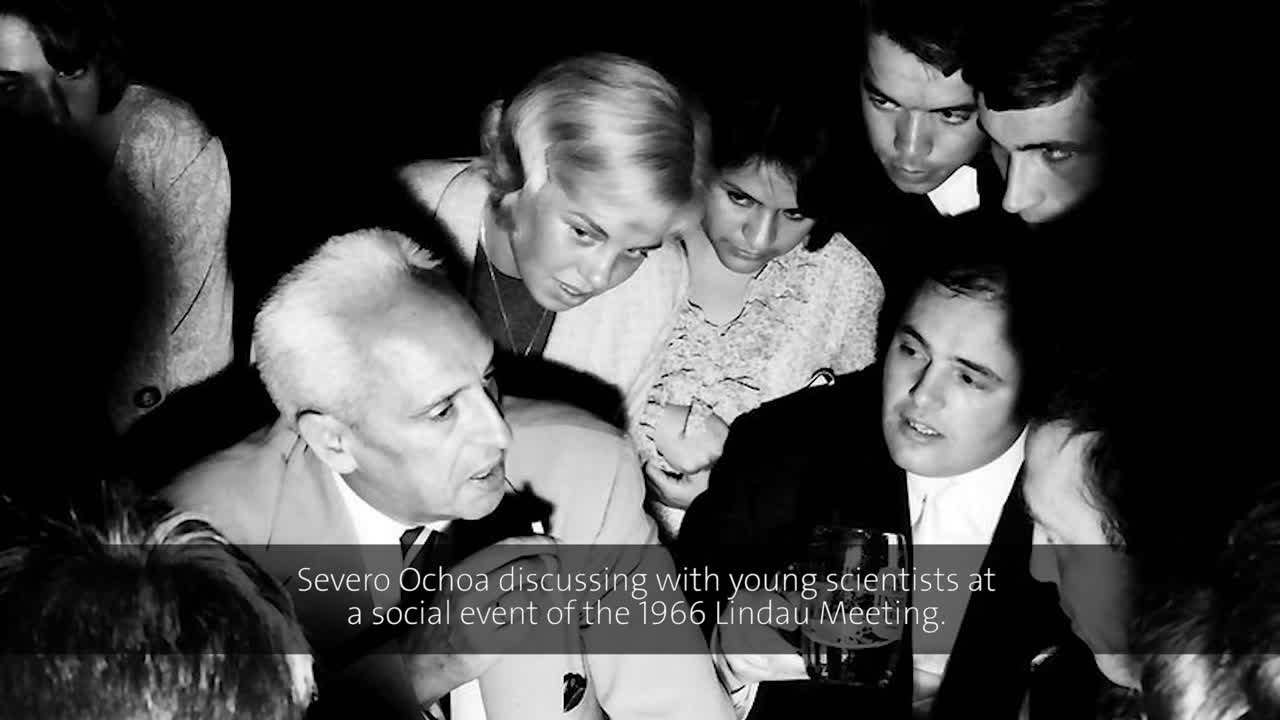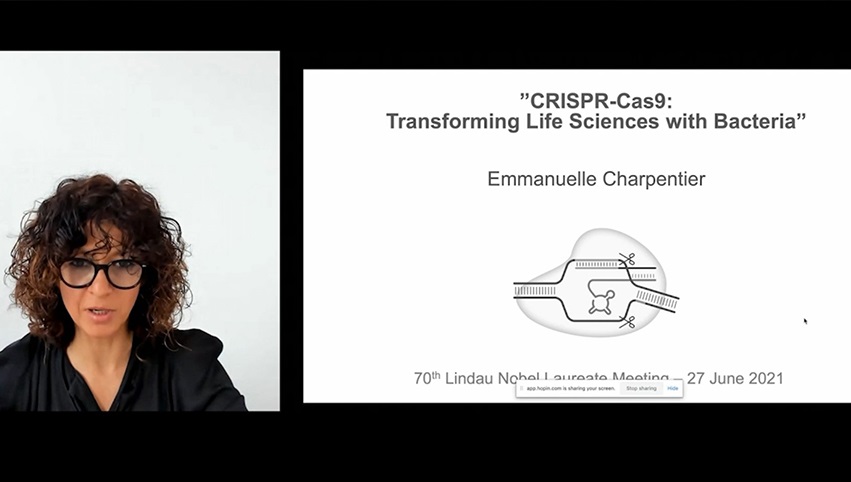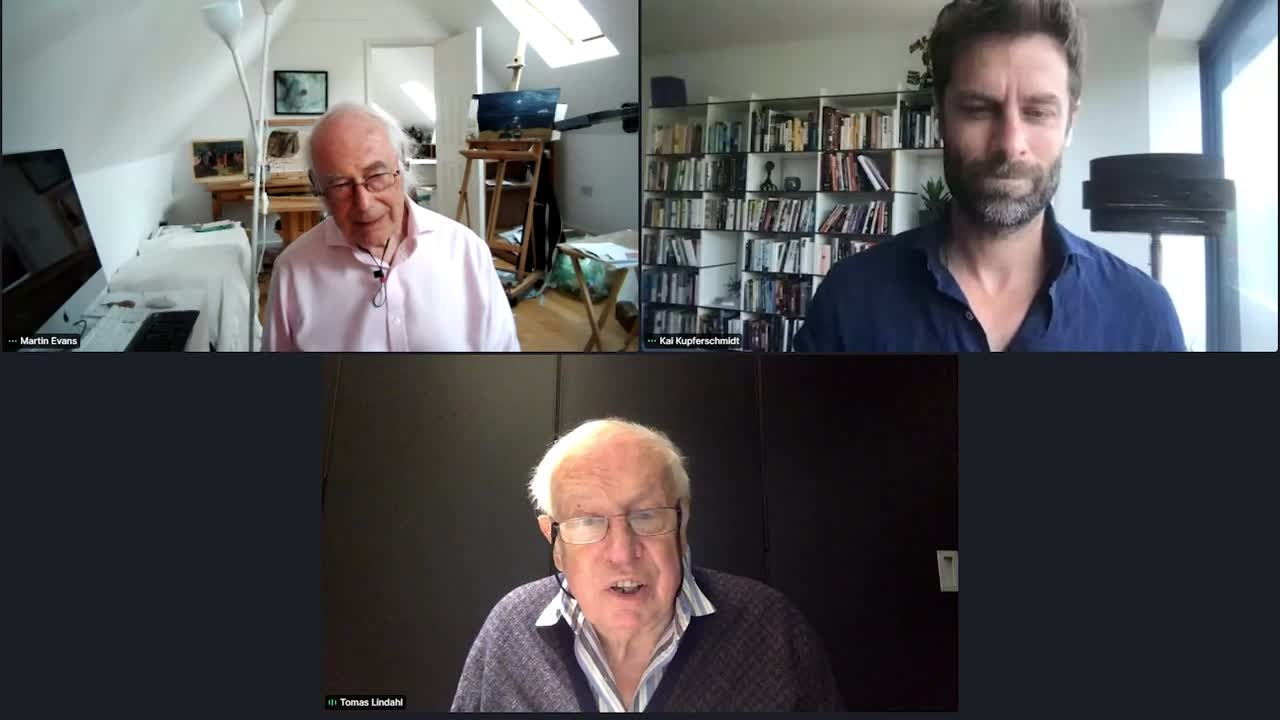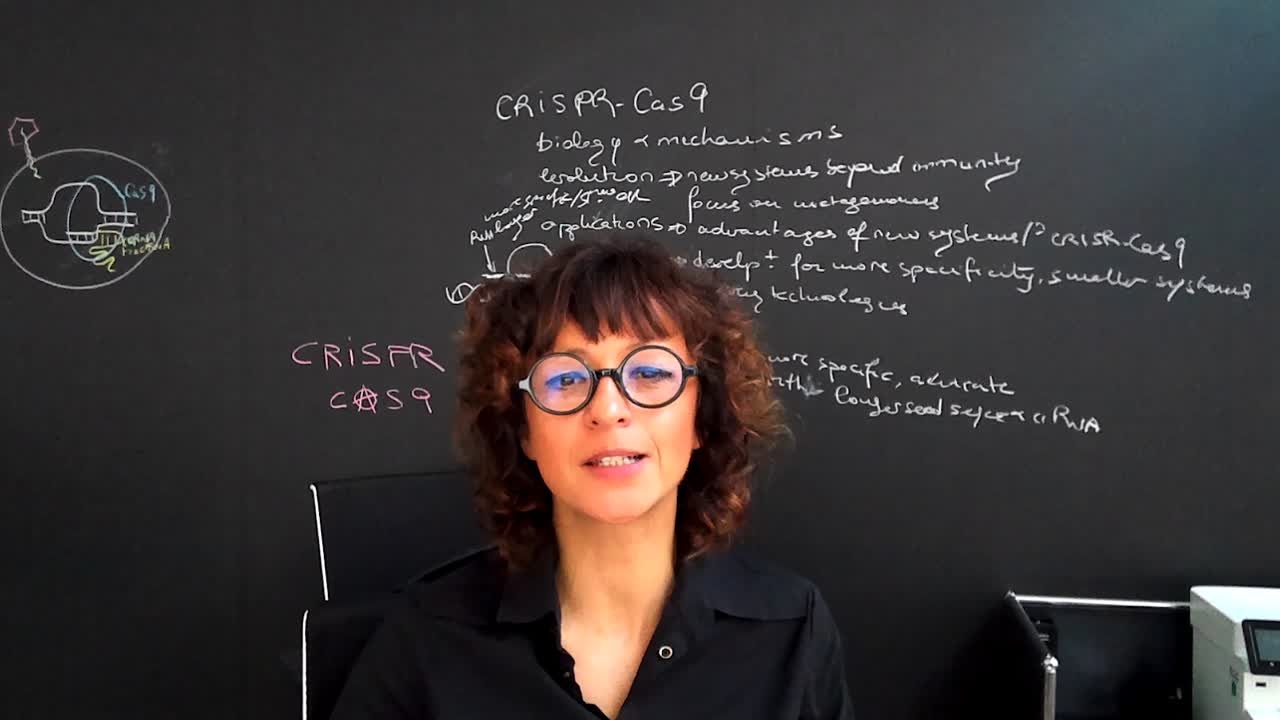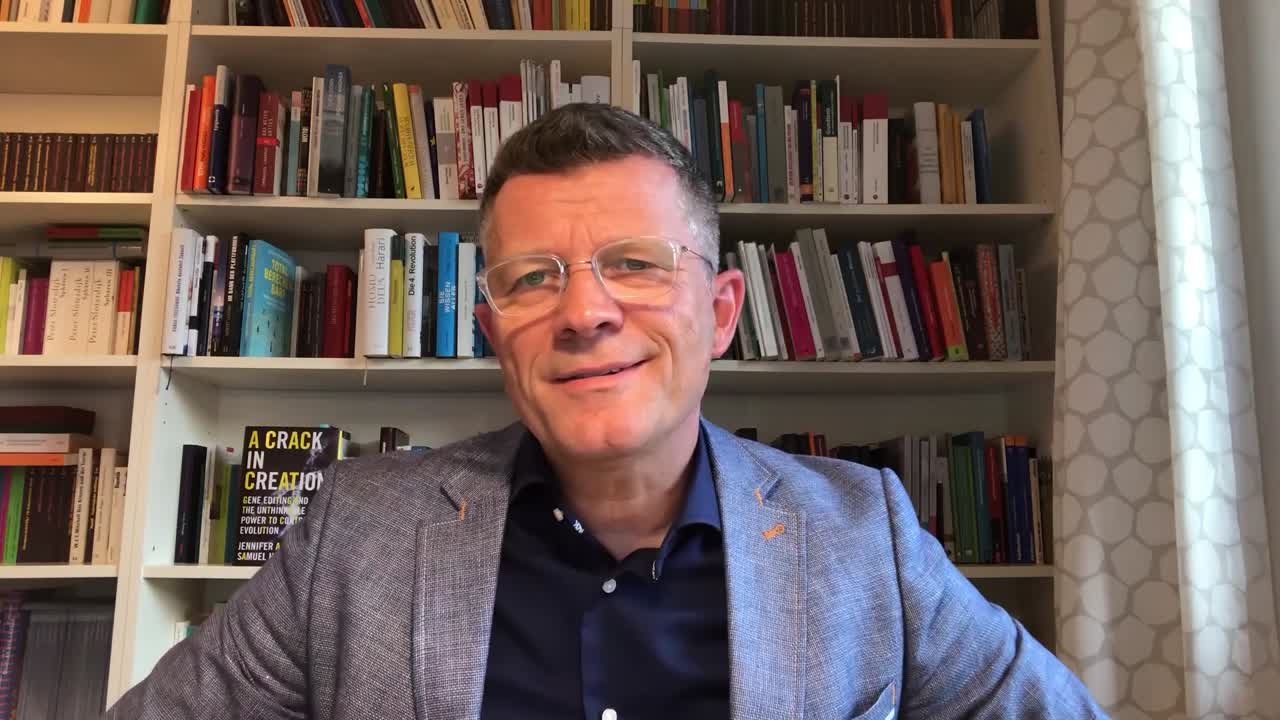Gene Editing
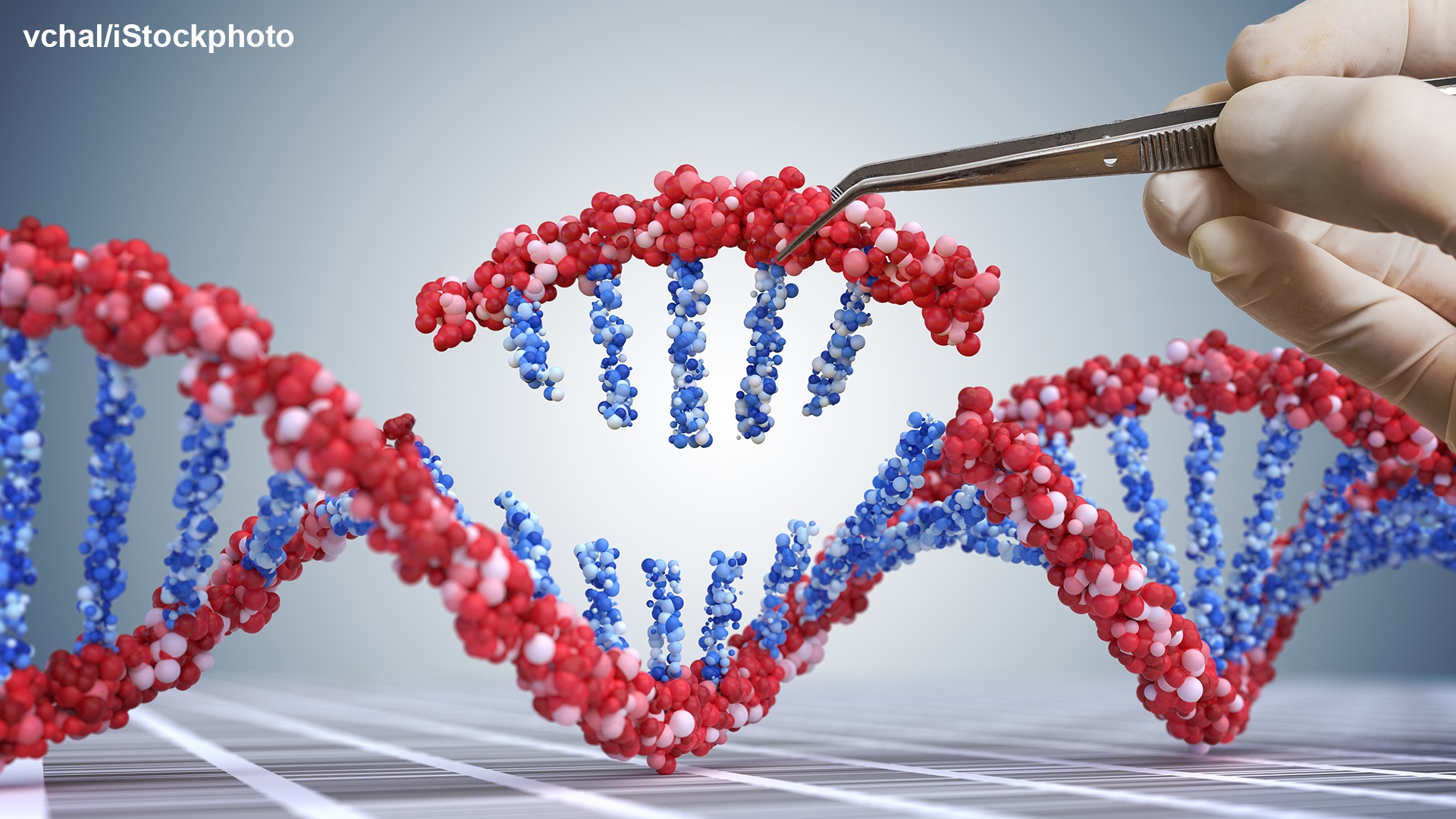
by Neysan Donnelly
What is Gene Editing And What Can – And Should – it be Used For?
There are few areas of science that both capture the public imagination and polarize in the same way as gene editing. Whether unbridled enthusiasm at its potential to revolutionize medicine and agriculture, staunch opposition to what are seen as dangerous experiments with nature and humans or a more moderate view that combines interest in its potential with concerns regarding its safety, it is probably fair to say that few take a completely neutral view when it comes to the topic. But what exactly are we talking about when we talk about gene editing? Here is the definition of Emmanuelle Charpentier, who shared the 2020 Nobel Prize in Chemistry with Jennifer Doudna for developing the CRISPR-Cas9 method (short for clustered regularly interspaced short palindromic repeats), for genome editing:
(00:02:32 - 00:03:32)
The complete video is available here.
What motivates scientists and others to edit genes? In humans, one of the most significant potential applications is preventing and treating so-called monogenic diseases, heritable genetic conditions that are caused by mutations in a single gene. As described in this 1975 talk by 1959 Nobel Laureate in Physiology of Medicine Severo Ochoa – and it was true until very recently – genetic, corrective treatment of such conditions remained out of reach.
(00:05:57 - 00:06:26)
The complete video is available here.
In correcting hereditary abnormalities using gene editing, there are two main approaches open to scientists and clinicians, each with their own technical challenges: somatic and germline gene editing. These two strategies differ markedly with respect to their ethical ramifications. In this excerpt from the panel discussion on gene editing at the 2021 Lindau Nobel Laureate Meeting, Alena Buyx, German bioethicist and President of the German Ethics Council, makes clear the important distinction between somatic and germline gene editing.
(00:35:50 - 00:36:41)
The complete video is available here.
While they are highly specific, the use of gene editing systems can also lead to so-called off-target effects, i.e., unwanted changes to the genetic material. For this reason, as well as because of concerns regarding the irreversibility of any changes made to the embryo and their perpetuation in future generations, human germline or reproductive editing is basically prohibited the world over. Are their cases, though, where such germline editing could be ethically conceivable or even desirable? Ethicists have to consider such scenarios, as outlined here, again by Buyx.
(00:37:46 - 00:40:39)
The complete video is available here.
Different Methods
Gene editing was of course brought to the very fore of societal discourse with the development of the CRISPR-Cas9 system for gene editing, but neither the idea nor the practice are themselves new, and gene editing is itself only possible because of other discoveries and innovations, some of them recognized with the Nobel Prize. In this excerpt from her lecture at the 2021 Lindau Meeting, Emmanuelle Charpentier talks about important milestones – all landmark discoveries in themselves – which paved the way for gene editing and the different tools that currently exist.
(00:12:42 - 00:15:07)
The complete video is available here.
One of the earliest genetic tools developed on the path to gene editing was recombinant gene technology, that is, the ability to recombine DNA molecules from distinct organisms or to insert DNA from one (source) organism into the genome of another. Severo Ochoa was sufficiently excited by these developments to devote his 1975 talk at the Lindau Meeting to it, even though it was not his own primary area of research. Although he does not mention them by name in the following excerpt, Ochoa is referring to the work of Paul Berg, Herbert Boyer and Stanley Cohen, and in particular to breakthroughs made by Boyer and Cohen in the early-to-mid-1970s[1-3].
(00:06:42 - 00:07:53)
The complete video is available here.
Another hugely important and powerful tool is the technique of gene targeting, for which Sir Martin J. Evans, Mario R. Capecchi and Oliver Smithies were awarded the 2007 Nobel Prize in Physiology or Medicine. In this Agora Talk in 2021, Evans describes how he and his collaborators first successfully derived and grew mouse embryonic stem (ES) cells in culture[4][5] and how these cells have been invaluable in pushing forward the field of mammalian genetics and in studying gene function.
(00:29:05 - 00:31:28)
The complete video is available here.
Zinc-finger nucleases (ZFNs) and Transcription activator-like effector nucleases (TALENs), targeted enzymes that allow researchers to directly alter specific sequences of DNA in the genome, were the next tools to be developed for genome editing.[6] These targeted nucleases rely upon the knowledge of the DNA sequence of genes of interest and their effectiveness is dependent on the cell’s response to the presence of double strand breaks in their DNA. In both methods, nucleases, or enzymes that break down nucleic acids such as RNA and DNA into smaller units, are targeted to specific sites on DNA where they make double-stranded cuts to the sequence. Such double-stranded breaks are extremely dangerous for cells, and dedicated pathways exist to repair them. However, often such repair introduces short insertions or deletions to the DNA sequence that can result in the disruption of gene function. Thus, in one widely used application, nucleases can be targeted to specific genes in order to compromise their function.
ZFNs were the first targeted nucleases to be widely adopted. These fusion proteins incorporate a custom protein structure that has been engineered to recognize and bind to a short DNA sequence of interest and a structure that cleaves DNA. ZFNs are often designed by screening and selecting proteins that recognize a specific DNA sequence of interest or directed evolution, a process in which scientists harness and steer the processes of mutation and selection towards a desired protein structure. Frances H. Arnold, Gregory Winter and George Smith were awarded the 2018 Nobel Prize in Chemistry for developing and exploiting this technique. TALENs display a similar modular structure to ZFNs, incorporating both a nuclease and a “homing” structure, but are typically constructed to recognize longer stretches of DNA. TALENs are easier to synthesize and have been reported to be more precise and less toxic than ZFNs.[6]
CRISPR-Cas9, for whose development Jennifer Doudna and Emmanuelle Charpentier were awarded the 2020 Nobel Prize in Chemistry is the newest and most easy-to-use gene editing technique currently in existence, a property which stems in part from the fact that it is not protein which is used to target specific stretches of DNA in genomes but rather RNA.
The CRISPR-Cas9 system was not “invented” from scratch by Charpentier and Doudna; rather, they realized that the CRISPR sequences found in the genomes of prokaryotic organisms such as bacteria and archaea, and which are derived from DNA fragments of bacteriophages that had previously infected the prokaryote, could be repurposed to act as a powerful and tractable system for gene editing.[7] In this excerpt from her talk at the 2021 Lindau Meeting, Charpentier talks about the CRISPR-Cas9 immune system and how it protects bacteria from phage attack.
(00:20:36 - 00:22:59)
The complete video is available here.
As the name suggests, the CRISPR-Cas9 system comprises two key components for gene editing. The CRISPR sequences act as a guide that target the Cas9 nuclease to sequences of DNA that are complementary to the CRISPR sequence, and which are then cleaved by the Cas9 nuclease enzyme.[7] In these snippets from her talk at the 2021 Lindau Meeting, Charpentier elucidates the principles of the CRISPR-CAS9 system for gene editing, describes what it can do and lists some of the biological and technological applications of the technique.
(00:23:53 - 00:26:12)
The complete video is available here.
In her same talk from 2021, Charpentier also describes the techniques and technologies which can be combined with CRISPR-Cas9 gene editing and stresses how important they are for extending the range of the technique and making it more powerful.
(00:27:15 - 00:28:15)
The complete video is available here.
Ethical Concerns Regarding Gene Editing
With great power comes great responsibility – the increasing ease of use of gene editing technologies means that ethical concerns have assumed huge importance. Such questions are not only the domain of ethicists or academics in their ivory towers but, increasingly, have relevance for each and every one of us. The developers of CRISPR-Cas9 themselves fully appreciate the profound ethical questions thrown up by their powerful technology, and in particular the need to tread very carefully when it comes to making changes to the human germline. In a position paper, which was published in 2019, Charpentier and several other experts on gene editing argue for the need for a moratorium on germline editing until it can be unambiguously established that such interventions are safe.[8] In this video message on the occasion of the Science Breakfast on gene modification during the 2018 Lindau Meeting, Emmanuelle Charpentier sets out her personal view on gene editing in humans.
(00:01:57 - 00:02:31)
The complete video is available here.
As already noted above, gene editing is a field which is greatly occupying medical ethicists at present. In this excerpt from his message on the occasion of the #LINO18 science breakfast on gene modification, Peter Dabrock, a German theologian and professor of systematic theology with a focus on ethics, shares the concerns and questions of the German Ethics Council regarding the use of gene editing techniques in humans.
(00:04:11 - 00:05:28)
The complete video is available here.
Despite the grave misgivings of both scientists and ethicists, we have already crossed the Rubicon of human germline editing. In late 2018, Chinese scientist He Jiankui made the sensational announcement that he had successfully used CRISPR-Cas9 to edit embryos in a bid to make them resistant to infection with AIDS. The announcement was met with widespread criticism and even opprobrium[9]; Jiankui’s research activities were suspended, and he was sentenced to three years in prison for forging documents and misleading doctors as to the true nature of the procedures he carried out.[10] As well as a general outcry about making irreversible changes to the germline in humans, the specific features of this case, as outlined here by Nobel Laureate Christiane Nüsslein-Volhard from the Panel Discussion on Gene Editing at the 2021 Lindau Nobel Laureate Meeting, also ensured that Jiankui’s actions were widely condemned.
(00:31:14 - 00:32:23)
The complete video is available here.
The episode was also highly regrettable for the way in which it framed the discussion around CRISPR-Cas9 specifically, and gene editing in general.
Ethical Principles for Discussions Around Gene Editing
As the technology develops further and as more and more applications become technically possible, discussions and debates around gene editing are set to assume ever greater importance and prominence. What are some of the principles that should guide such discussions and how should the science behind gene editing be communicated to lay audiences? Listening to the discussions and statements on this topic that have emanated from the Lindau Meetings, a few important points emerge: significantly, there seems to be a consensus that such discussions and the communication of gene editing technology must involve several actors: scientists themselves must play a leading role, and, to be effective and to build trust, the discussion must be open and embedded in society as a whole; further, it is a discussion which must transcend national boundaries. This also means that there is a key role for science communicators in acting as intermediaries between scientific findings and lay people. In the following short snippets, these important points are expounded upon by Julia Jansing in the 2021 panel discussion on gene editing and Peter Dabrock in his message on the occasion of the #LINO18 science breakfast on gene modification.
(00:50:19 - 00:51:22)
The complete video is available here.
(00:02:24 - 00:03:07)
The complete video is available here.
Involving society at large in the discussion also means that it is important to ensure that people are not patronized or spoken down to, and it also means trying to have understanding for concerns and where they might come from. Failing to engage people on an equal footing will have deleterious consequences for how gene editing and other scientific technologies are seen in society.
In communicating on an equal footing, it is also crucial to ensure that scientists, in particular, clearly convey scientific facts and risks. For instance, in the following excerpt Emmanuelle Charpentier stresses that it is essential to define what we mean by “gene editing” and “transgenic” and points out that it is important to emphasize that not all gene editing technologies can be thrown together into the same pot.
(00:23:13 - 00:25:57)
The complete video is available here.
Clear communication also means conveying the potential benefits of any proposed technology but also making it clear that there are inherent limits to what gene technology can do. These are points which are eloquently highlighted by young scientist Julia Jansing in these following snippets from the 2021 panel discussion on gene editing.
(00:48:25 - 00:49:57)
(01:08:38 - 01:09:25)
The complete video is available here.
The ability to rewrite the code of life through gene editing and specifically CRISPR-Cas9 has been referred to as a “crack in creation” by Jennifer Doudna and Samuel H. Sternberg. As the technology develops further, this “crack” will only grow in size as scientists continue to extend the boundaries of what is technically possible. It is equally certain that each step or leap forward will also throw up profound ethical questions and conundrums, some of which perhaps have not been considered to date. Undoubtedly, the Lindau Nobel Laureate Meetings will continue to be a forum where laureates like Emmanuelle Charpentier, Jennifer Doudna, Paul Berg and Christiane Nüsslein-Volhard as well as other experts and talented young scientists can come together to debate both the underlying science as well as the ethical ramifications of gene editing.
References
1. Cohen SN, Chang AC, Boyer HW, Helling RB. Construction of biologically functional bacterial plasmids in vitro. Proc Natl Acad Sci U S A. 1973;70(11):3240-3244. doi:10.1073/pnas.70.11.3240
2. Chang AC, Cohen SN. Genome construction between bacterial species in vitro: replication and expression of Staphylococcus plasmid genes in Escherichia coli. Proc Natl Acad Sci U S A. 1974;71(4):1030-1034. doi:10.1073/pnas.71.4.1030
3. Morrow JF, Cohen SN, Chang AC, Boyer HW, Goodman HM, Helling RB. Replication and transcription of eukaryotic DNA in Escherichia coli. Proc Natl Acad Sci U S A. 1974 May;71(5):1743-7. doi: 10.1073/pnas.71.5.1743
4. Evans MJ, Kaufman MH. Establishment in culture of pluripotential cells from mouse embryos. Nature. 1981 Jul 9;292(5819):154-6. doi: 10.1038/292154a0
5. Martin GR. Isolation of a pluripotent cell line from early mouse embryos cultured in medium conditioned by teratocarcinoma stem cells. Proc Natl Acad Sci U S A. 1981 Dec;78(12):7634-8. doi: 10.1073/pnas.78.12.7634
6. Gaj T, Sirk SJ, Shui SL, Liu J. Genome-Editing Technologies: Principles and Applications. Cold Spring Harb Perspect Biol. 2016;8(12):a023754. Published 2016 Dec 1. doi:10.1101/cshperspect.a023754
7. Jinek M, Chylinski K, Fonfara I, Hauer M, Doudna JA, Charpentier E. A programmable dual-RNA-guided DNA endonuclease in adaptive bacterial immunity. Science. 2012 Aug 17;337(6096):816-21. doi: 10.1126/science.1225829. Epub 2012 Jun 28.
8. Lander ES, Baylis F, Zhang F, Charpentier E, Berg P, Bourgain C, Friedrich B, Joung JK, Li J, Liu D, Naldini L, Nie JB, Qiu R, Schoene-Seifert B, Shao F, Terry S, Wei W, Winnacker EL. Adopt a moratorium on heritable genome editing. Nature. 2019 Mar;567(7747):165-168. doi: 10.1038/d41586-019-00726-5.
9. Cyranoski D, Ledford H. Genome-edited baby claim provokes international outcry. Nature. 2018 Nov;563(7733):607-608. doi: 10.1038/d41586-018-07545-0.
10. Cyranoski D. What CRISPR-baby prison sentences mean for research. Nature. 2020 Jan;577(7789):154-155. doi: 10.1038/d41586-020-00001-y.
Further reading on genome editing
Doudna J, Sternberg S. A crack in creation. Boston (MA): Houghton Mifflin Harcourt; 2017. 304 p.
WHO Expert Advisory Committee on Developing Global Standards for Governance and Oversight of Human Genome Editing. Human Genome Editing: recommendations. Geneva: World Health Organization; 2021. Licence: CC BY-NC-SA 3.0 IGO.

